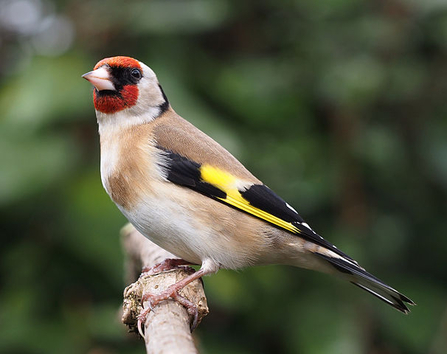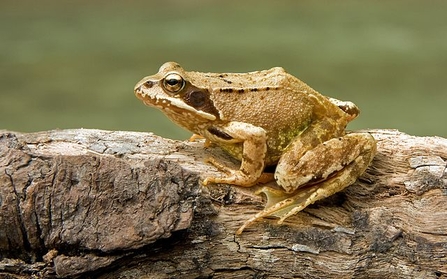Somerset Wildlife Trust is pleased to announce a joint community science initiative with the Somerset Environmental Records Centre (SERC) called The Great Somerset Wildlife Count.
The initiative aims to monitor changes in both the diversity (the variety) and the abundance (the quantity) of wildlife species we have across the county, which in turn will helps track the health of the ecosystems that exist to support them - which are coming under increasing pressure from development and changes in our climate.
The organisations hope that with the public as their eyes and ears on the ground, collecting and feeding in important wildlife data and information, they will have greater visibility of wildlife under threat and be better able to create conservation solutions to address areas where there is the most urgent need.


